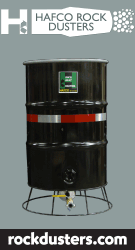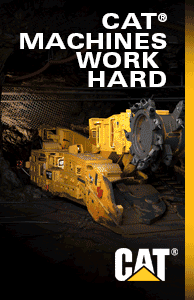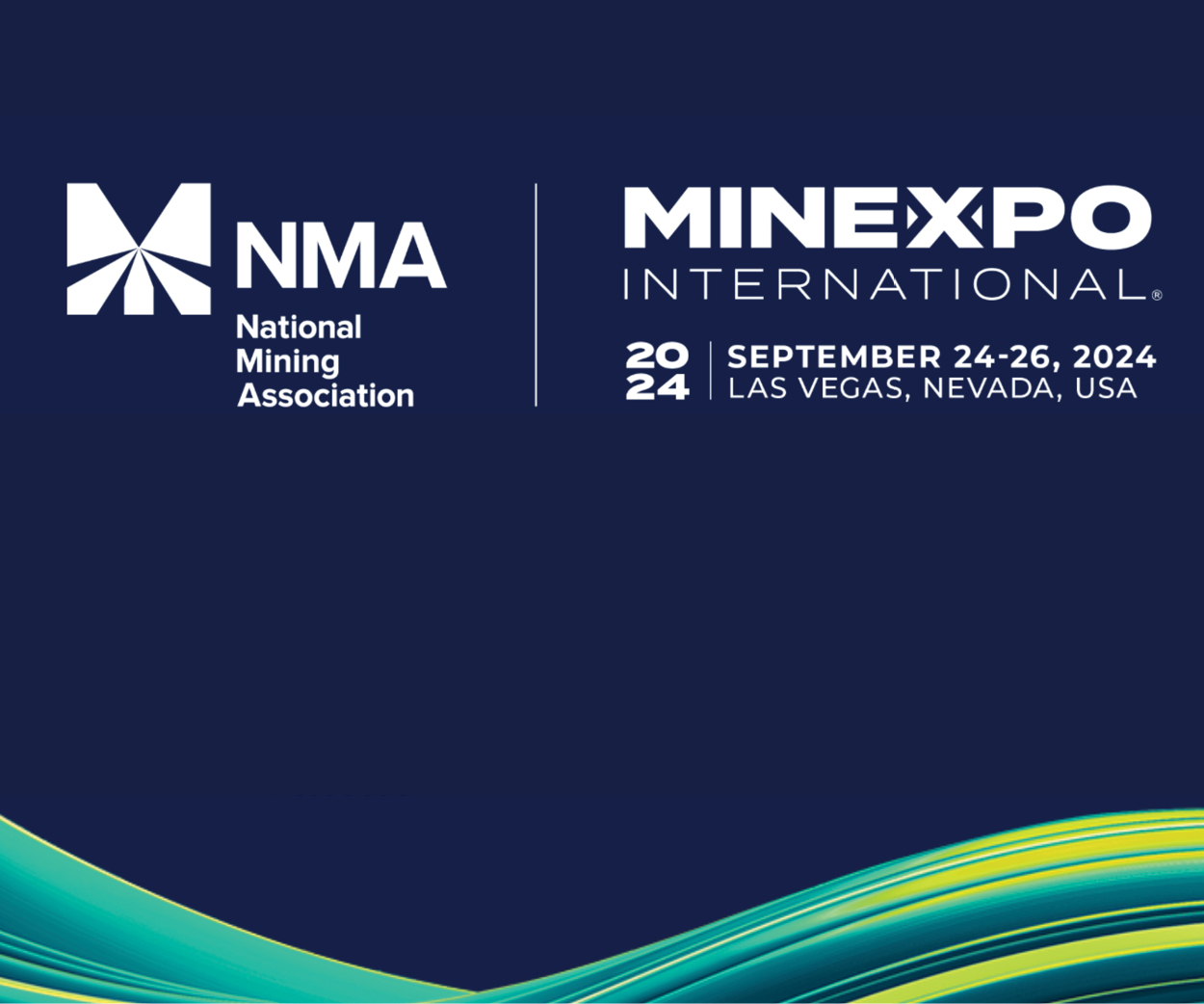Indian Scientists Developing Deep-sea Crawler to Mine Minerals on Seabed
After plunging into the depths of earth, Indian scientists are developing technology to retrieve minerals from the heart of the ocean. The technology will help mine polymetallic nodules some 6,000km from the country’s shoreline at a depth of 6km in the Central Indian Ocean Basin.
City-based National Institute of Ocean Technology has developed and tested a 12-tonne crawler that is 5m long, a machine that will move on the seabed to mine the nodules. These nodules are a source of metals like nickel, cobalt, copper, manganese and iron.
“We have also developed a soil tester that will be deployed, before the crawler is sent, to test the strength of the seabed,” explained Satheesh C Shenoi, director of NIOT.
The International Seabed Authority (ISA) has recently given a five year extension to the exploration contract to India. During this period Indian scientists might have to demonstrate the mining technology at a depth of 6km in a 75,000sqkm area. The project will be part of the Deep Sea Mission, which will involve multi-ministerial efforts, to be launched in March 2018 at an estimated budget of `10,000 crore.
After his presentation on Deep Sea Research at the India International Science Festival on Monday, Shenoi said, “A system to pump out the nodules is being developed. Once each of the components are developed and tested, it will be integrated and tested again. Launching the crawler is a challenge as there is a risk of it swinging in the wind and damaging the ship from which it is lowered into the sea.”
The deep sea mining project was initiated after India conducted a survey covering an area of 1.5 million sqkm in search of polymetallic nodules in the Central Indian Ocean Basin and submitted the data to ISA.
While ISA took control over half of the area, it gave the rest to India suggesting that the country could develop a deep sea mining technology and demonstrate by extracting a few tonnes of nodules.
As part of the Deep Sea Mission, ministry of earth sciences secretary Rajeevan Nair said the Center will focus on several aspects including biodiversity of oceans, deep sea fisheries, ocean energy and deep sea research and development of technology. The national mission will for the first time bring together other departments including ISRO, DRDO, DBT and DST.
While there are no international laws that allow deep sea mining, a draft policy has been tabled and scientists hope discussion will happen in a couple of years. “Laws for mining may come in another five or six years, by then we should be ready with our mining technology,” said Shenoi. Countries like China, Japan and the US already have equipment that can conduct deep sea mining.
“Such exploration is also for a strategic reason. If there is an accord in the future, India should be a part of it,” Shenoi said.
Source: Times of India
Be in-the-know when you’re on-the-go!
FREE eNews delivery service to your email twice-weekly. With a focus on lead-driven news, our news service will help you develop new business contacts on an on-going basis.
CLICK HERE to register your email address.























